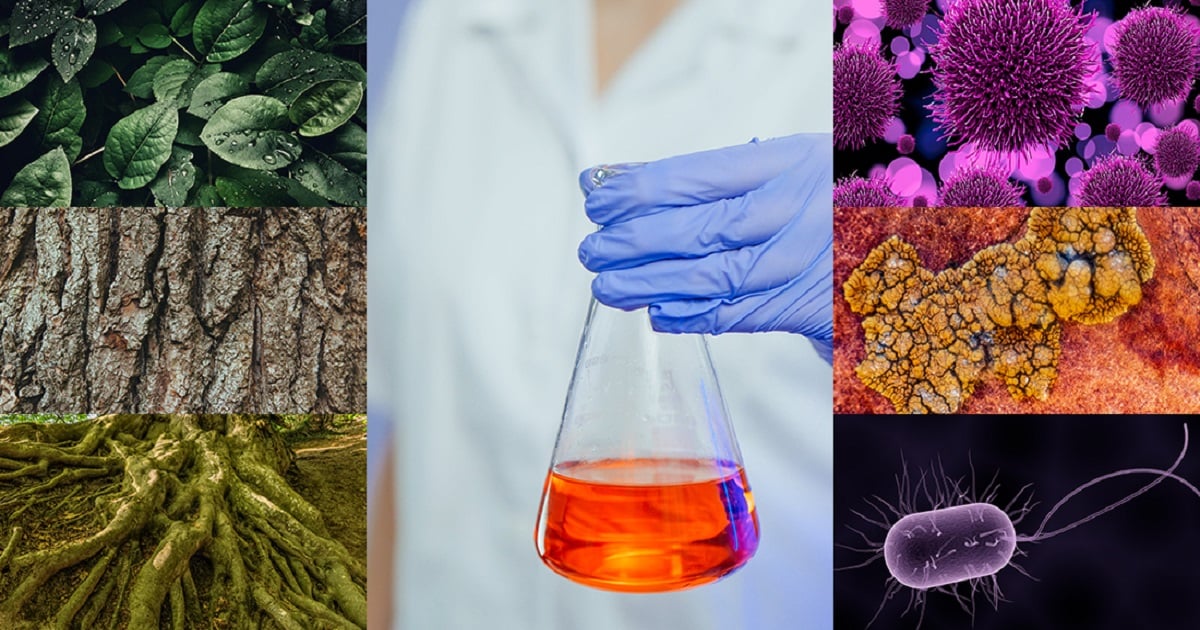Antimicrobial Properties of Natural Products (Volume Ⅱ)
A special issue of Molecules (ISSN 1420-3049). This special issue belongs to the section "Natural Products Chemistry".
Deadline for manuscript submissions: closed (30 April 2024) | Viewed by 9483

Special Issue Editor
Interests: research of new anti-infectives; development of new strategies to fight antimicrobial resistance
Special Issues, Collections and Topics in MDPI journals
Special Issue Information
Dear Colleagues,
I have the great pleasure to invite you to contribute to the second edition of the Special Issue entitled “Antimicrobial Properties of Natural Products (Volume Ⅱ)”.
Indeed, the situation is still very worrying. Antimicrobial Resistance (AMR) continues to increase, all over the World. Having effective antimicrobial treatment to manage patients and treat infection is becoming more and more difficult, which unfortunately has resulted in an increase in the number of deaths. Thus, the latest Centers for Disease Control and Prevention (CDC) AR Threats Report estimated that “More than 2.8 million antibiotic-resistant infections occur in the United States each year, and more than 35,000 people die as a result” [1]. There is therefore always an urgent need to search for new antimicrobial molecules. In addition, natural compounds with antimicrobial activities still appear as a potential source of new antimicrobial molecules, which has not been sufficiently explored.
The aim of this Special Issue is to highlight the recent advances in research on natural products with antimicrobial properties (i.e., antibacterial, antiviral, antifungal, etc.). This Special Issue may include original research articles and reviews on the antimicrobial properties of extracts, fractions, purified compounds, synergistic mixtures against bacteria, viruses or fungi encountered in human infectious diseases in order to identify promising natural compounds that could allow us to respond to the urgency of finding new antimicrobials.
[1] CDC. Antibiotic Resistance Threats in the United States, 2019. Atlanta, GA: U.S. Department of Health and Human Services, CDC; 2019. Available online at http://www.cdc.gov/drugresistance/Biggest-Threats.html
Prof. Dr. Raphaël E. Duval
Guest Editor
Manuscript Submission Information
Manuscripts should be submitted online at www.mdpi.com by registering and logging in to this website. Once you are registered, click here to go to the submission form. Manuscripts can be submitted until the deadline. All submissions that pass pre-check are peer-reviewed. Accepted papers will be published continuously in the journal (as soon as accepted) and will be listed together on the special issue website. Research articles, review articles as well as short communications are invited. For planned papers, a title and short abstract (about 100 words) can be sent to the Editorial Office for announcement on this website.
Submitted manuscripts should not have been published previously, nor be under consideration for publication elsewhere (except conference proceedings papers). All manuscripts are thoroughly refereed through a single-blind peer-review process. A guide for authors and other relevant information for submission of manuscripts is available on the Instructions for Authors page. Molecules is an international peer-reviewed open access semimonthly journal published by MDPI.
Please visit the Instructions for Authors page before submitting a manuscript. The Article Processing Charge (APC) for publication in this open access journal is 2700 CHF (Swiss Francs). Submitted papers should be well formatted and use good English. Authors may use MDPI's English editing service prior to publication or during author revisions.
Keywords
- natural products
- antimicrobials properties
- bacteria
- virus
- fungi
Related Special Issue
- Antimicrobial Properties of Natural Products in Molecules (24 articles)






